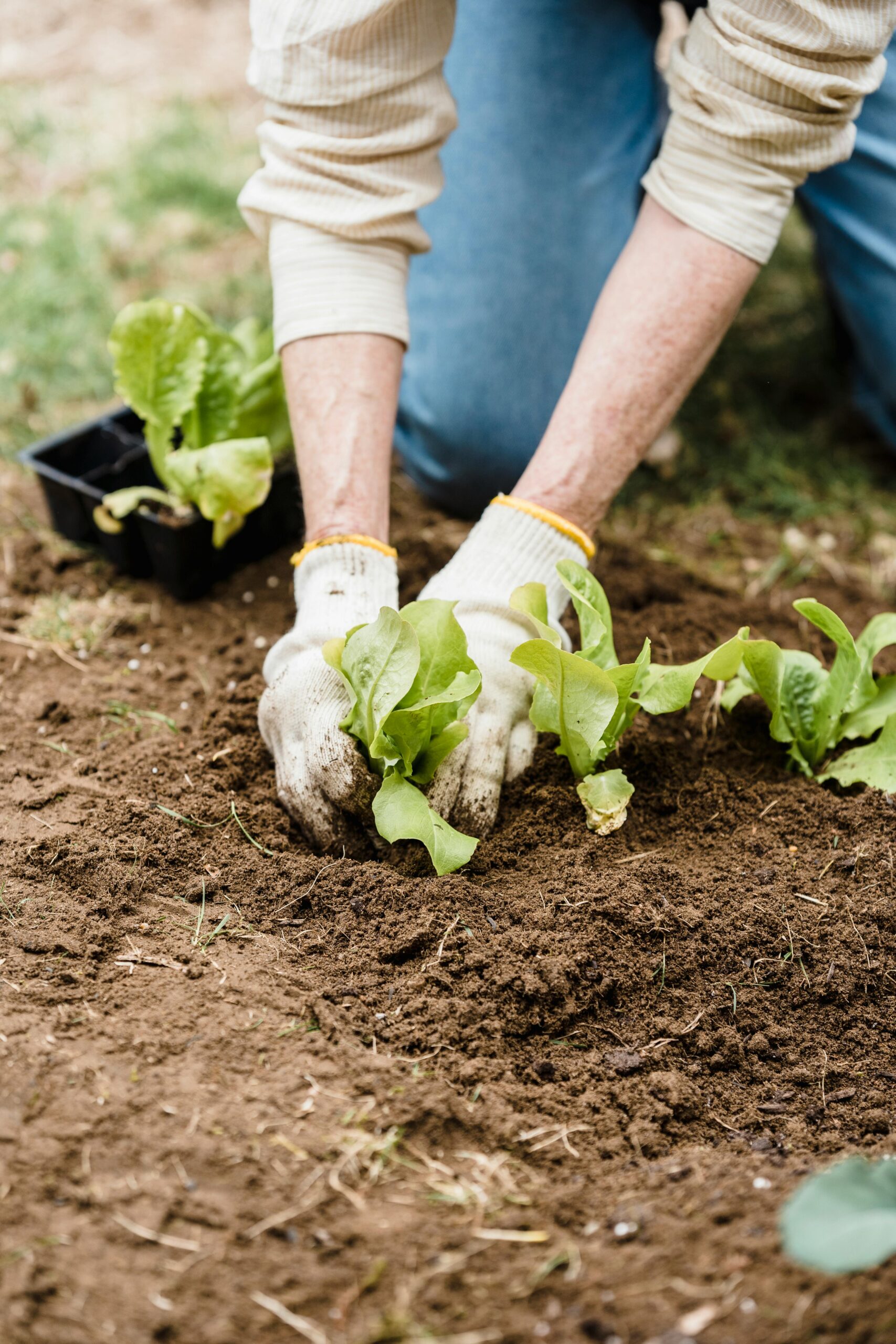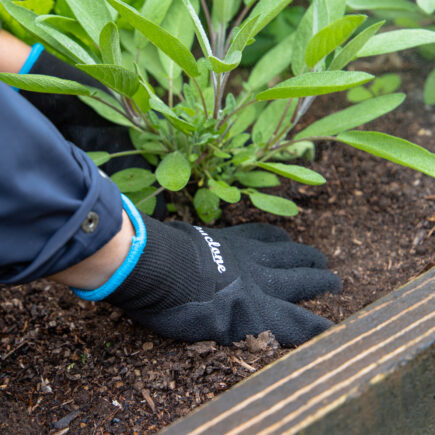


1. Plan Your Garden Layout
Before you start planting, it’s important to plan your garden layout. Consider the space you have available and the specific growing conditions in your area. Different fruits and vegetables have varying sunlight and space requirements, so try to group them accordingly. For example, tomatoes, peppers, and zucchinis thrive in full sun, while leafy greens like spinach or lettuce may prefer some shade during the hottest part of the day.
2. Prepare the Soil
Healthy soil is the foundation of a productive garden. Summer crops require nutrient-rich, well-draining soil to flourish. Start by removing any weeds and debris from your garden bed. Then, work in compost or organic matter to improve and nourish the soil. Well-prepared soil helps retain moisture and supports strong root development, which is crucial during the hot summer months.
3. Choose the Right Plants
Not all plants are suited to the heat of summer, so it’s important to choose the right varieties for the season. Some of the best vegetables to grow through summer include tomatoes, sweetcorn, cucumbers, capsicums, chillies, zucchini and eggplant. These plants grow and fruit through the warmer months of the year and will produce abundant yields with proper care. Fruits like watermelon, rockmelon, strawberries and honeydew melon also grow through the warmer months and provide a delicious harvest for fruity summer mocktails and desserts.
When selecting seeds or seedlings, opt for varieties that are known for their heat tolerance and disease resistance. This will make it easier to maintain a healthy garden throughout the season.
4. Water Wisely
Summer heat can quickly dry out the soil, so watering your plants consistently is essential. However, the key is to water wisely. Water your garden early in the morning to minimize evaporation and give your plants a chance to absorb moisture before the sun gets too intense. Deep watering is more effective than frequent, shallow watering because it encourages roots to grow deeper into the soil, making your plants more drought-resistant.
Consider using a drip irrigation system or soaker hoses to deliver water directly to the roots, reducing evaporation and ensuring your plants get the moisture they need. Adding mulch around your plants can also help retain moisture, cool the soil and reduce water loss.
5. Fertilise Regularly
Fruits and vegetables are heavy feeders, especially during their growing season. To keep your plants healthy and productive, feed them regularly with organic fertilisers and top dress the soil with compost. For best results, use a complete, balanced fertiliser to promote healthy growth and an abundance of flowers and fruit.
6. Provide Support for Climbing Plants
Many summer vegetables, such as tomatoes, cucumbers, and climbing beans need support to grow properly. Installing stakes, cages, or trellises early in the season can help keep plants upright and off the ground, reducing the risk of disease and making harvesting easier.
7. Harvest Regularly
As your plants start to produce, make sure to harvest regularly. Picking vegetables like tomatoes, cucumbers, and zucchini when they’re ripe encourages the plant to continue producing more. If fruits or vegetables are left on the plant for too long, it can slow down further production.
